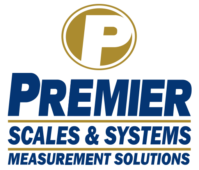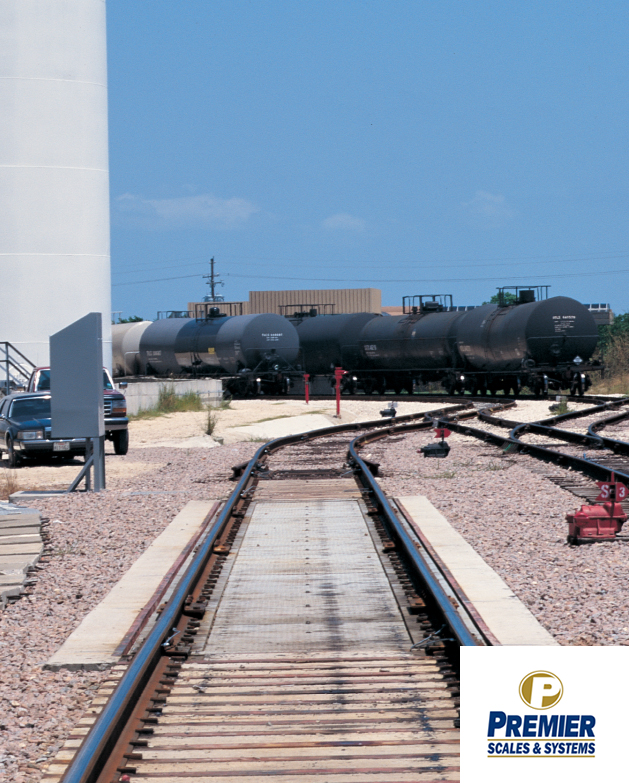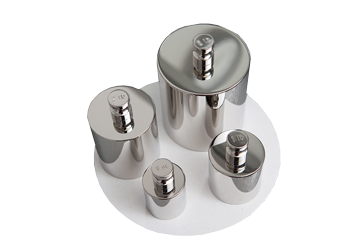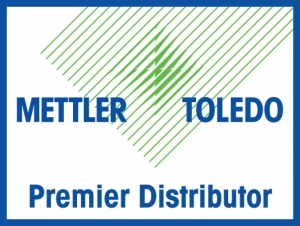Metrology Solutions for Optimizing Rail Transport
The efficiency and safety of rail transport are critical to the smooth functioning of logistics networks worldwide. One often overlooked but critical aspect of rail transport optimization is the precise measurement and management of weight. Advanced metrology solutions play a pivotal role in ensuring that rail transport systems operate safely, efficiently, and reliably by providing accurate weight measurements. Let’s dive into some metrology solutions for optimizing rail transport.
Importance of Weight Measurement in Rail Transport
Weight measurement in rail transport is crucial for several reasons:
- Safety: Overloaded trains can lead to track damage, derailments, and other safety hazards. Accurate weight measurement helps in preventing such risks by ensuring that trains operate within safe weight limits.
- Efficiency: Proper weight distribution contributes to the efficient operation of trains. It reduces wear and tear on tracks and rolling stock, leading to lower maintenance costs and extended asset lifespan. Using LFT-certified weighing systems ensures accurate and reliable weight measurements, which are essential for achieving proper weight distribution.
- Regulatory Compliance: Rail operators must adhere to strict weight regulations to avoid penalties and ensure the safety of their operations. Accurate weight measurement ensures compliance with these regulations. Using LFT-certified weighing systems ensures that the weight measurements are accurate, reliable, and legally recognized.
Metrology Solutions for Weight Measurement
Several advanced metrology solutions are employed in rail transport to measure and manage weight accurately. These include:
- Weighing-In-Motion (WIM) Systems: WIM systems, also known as a CIM scale (Coupled In Motion,) are designed to measure the weight of trains as they move over a track. These systems, such as the MT VRS241, use sensors and scales embedded in the track to capture real-time weight data without interrupting train operations. WIM systems are highly accurate and provide valuable data for monitoring and optimizing train loads.
- Static Weighbridges: Static weighbridges are used to measure the weight of stationary trains. These systems are typically installed in rail yards and maintenance facilities. Static weighbridges provide precise weight measurements, which are essential for load balancing and maintenance planning.
- Onboard Weighing Systems: These systems are installed on the train itself and measure the weight of the cargo in real-time. Onboard weighing systems are particularly useful for freight trains, as they allow operators to monitor load weight and distribution throughout the journey.
- Load Cells and Sensors: Load cells and sensors are used in various parts of the train and track to measure weight and force. These devices provide critical data that helps in understanding weight distribution and its impact on train dynamics and track conditions. Systems such as the RailBoss eliminates the guesswork of volumetric measuring and variable tare weights. RailBoss rail scales provide the accuracy needed for checkweighing, process monitoring, filling, record keeping and maintaining safe loads.
Benefits of Accurate
Weight Measurement
Implementing precise weight measurement solutions in rail transport offers several significant benefits:
Enhanced Safety:
By ensuring that trains do not exceed safe weight limits, metrology solutions reduce the risk of accidents and derailments, thereby enhancing overall safety.
Operational Efficiency:
Accurate weight data allows for optimal load distribution, reducing wear and tear on tracks and rolling stock. This leads to lower maintenance costs and improved operational efficiency.
Regulatory Compliance:
Metrology solutions help rail operators comply with weight regulations, avoiding penalties and ensuring smooth operations.
Data-Driven Decisions:
The data collected from weight measurement systems can be used to make informed decisions about load management, maintenance schedules, and overall operational strategies.
Conclusion
The role of metrology in weight measurement is indispensable for optimizing rail transport. Advanced metrology solutions provide the precision and accuracy needed to enhance safety, efficiency, and regulatory compliance in rail operations. As the rail industry continues to evolve, the importance of accurate weight measurement will only grow, making metrology an essential component of modern rail transport systems.








